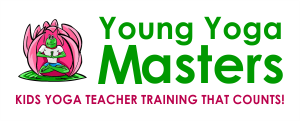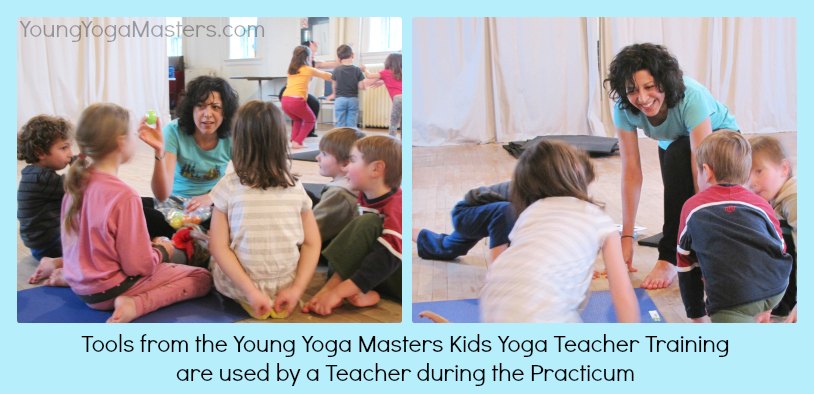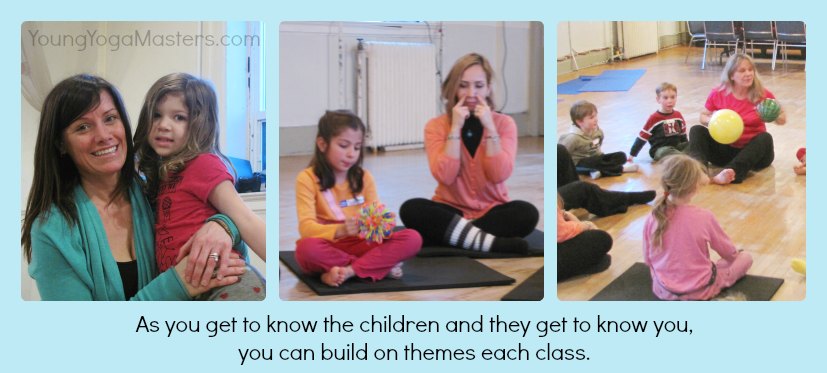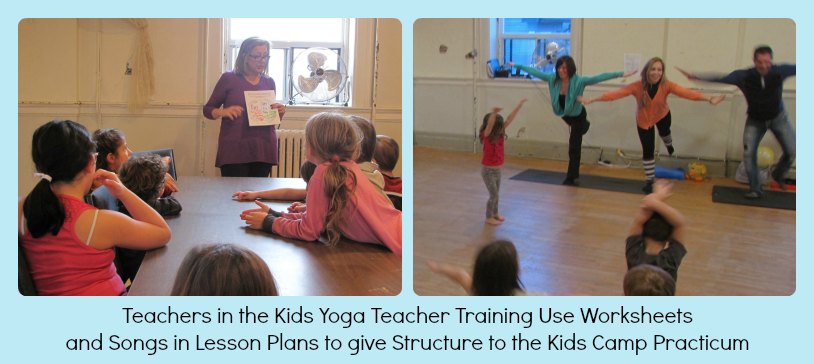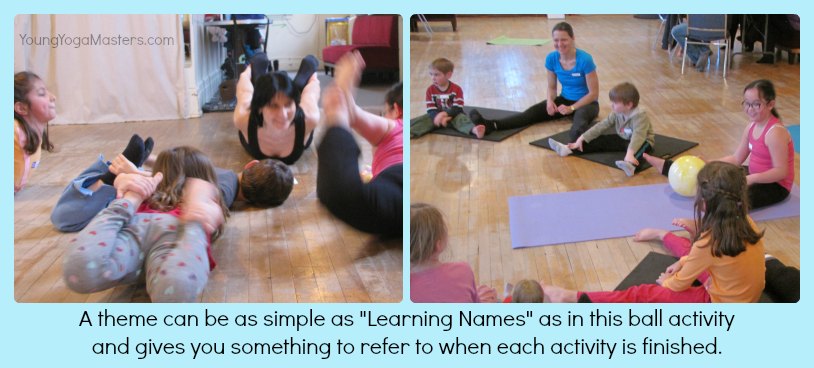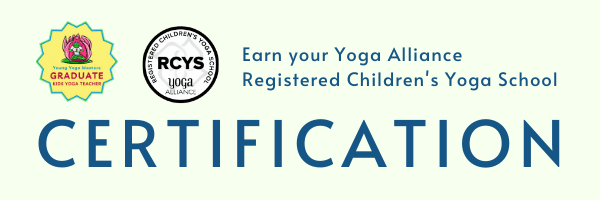Updated: March 14, 2024
It is possible to teach a childrens yoga class without a lesson plan. After a decade of teaching kids yoga, I would often teach without a lesson plan. In reality, I probably had my lesson plans memorized at that point.
In the Young Yoga Masters’ training, I recommend writing out your Lesson Plans before you go in and each one is usually focused around a theme.
A theme can be based on anything from a timely event (St. Patrick’s Day or Black History Month), a concept (the 8 Limbs or a School’s Character Education program), or even a story (using a book or told orally).
Themes can be a lot of fun and give everyone something to focus on to help kids stay engaged.
It’s fun to dress in green for St. Patrick’s Day, put out spooky decorations for Halloween, and let kids pick heart shaped affirmations on Valentine’s Day. You can create a catalogue of books for Black History month or yoga philosophy.
Here are some more benefits of creating lesson plan around a theme.
Note: These pictures were taken in the Young Yoga Masters Kids Yoga Teacher Training.
1. Avoid Boredom and Get Inspiration for Yoga Class Plans
Themes can help get you through those 52 classes every week of the year! Whether it’s inspired by a seasonal event, special occasions, or yoga concepts, using themes gives you a starting point for what to teach.
If Valentine’s Day is approaching use the theme to tie in ideas like anatomy of the heart, love, or friendship.
Themes can last a few classes and give variety throughout the year. If you go in without a theme the children might call you out for being boring or repetitive.
Here are some lesson plan ideas based on themes we’ve written about already:
- 5 Kids Yoga Themes for Spring
- Character Development: Respect
- The Runaway Bunny Class Plan based on the Book
2. Help Students Progress in Their Learning
You can use themes to build on ideas, to embody the teaching, even if the themes are very loosely connected.
For example, the theme of meditation can be taught for a few weeks by exploring a new concept around meditation (the brain, the stress response, types of meditation like chanting, mindfulness, walking).
Children can be invited to take more ownership for their practice. Maybe teaching each other the new concept, then eventually practising on their own with student’s following your lesson plan on their own, or with practice, without any instructions.
In education the term “scaffolding” a term referring to the support you create to help children learn independently. Lesson plans and themes can help create that support.
3. Delight Teachers by Integrating School Themes into Yoga
School and daycare often have a theme each week, and you can integrate them into your classes. Some themes are school wide, for instance, Character Education themes like Kindness and Appreciation.
Many daycare centres post a monthly schedule at the door of the classroom.
Ask your students what they’re learning about. This can give you ideas for themes and who your are interested in learning from your students. Give the kids a chance to impress you with what they know and build on it!
4. Increase Student Participation
When you have been teaching a class for a while, you can let the kids teach the class! The more they get involved, the more fun they’ll have, the more they will learn, and the more they will want to come back.
Themes give youth structure for planning their own classes. Themes help you choose poses and decide what to talk about. In one of my tween classes, they planned out a whole lesson plan from start to finish around a theme they chose (favourite poses). Each person taught a different part of the lesson plan.
They really got excited about it!
When they’re done planning, everyone has learned something new, and just maybe, the kids will take that skill into their home life.
5. Lesson Plans Save You Time and Become Your Legacy
If you write your lesson plans down, you’ve got something to look back on for future years. Themes can be reused and added to — especially seasonal themes and yoga concepts. They come in handy when life gets busy. As a bonus, you’ve also got something to put in your blog or future book!
So go ahead, get creative! Use themes in your lesson plans, and you’ll add fun and excitement to learning!!
